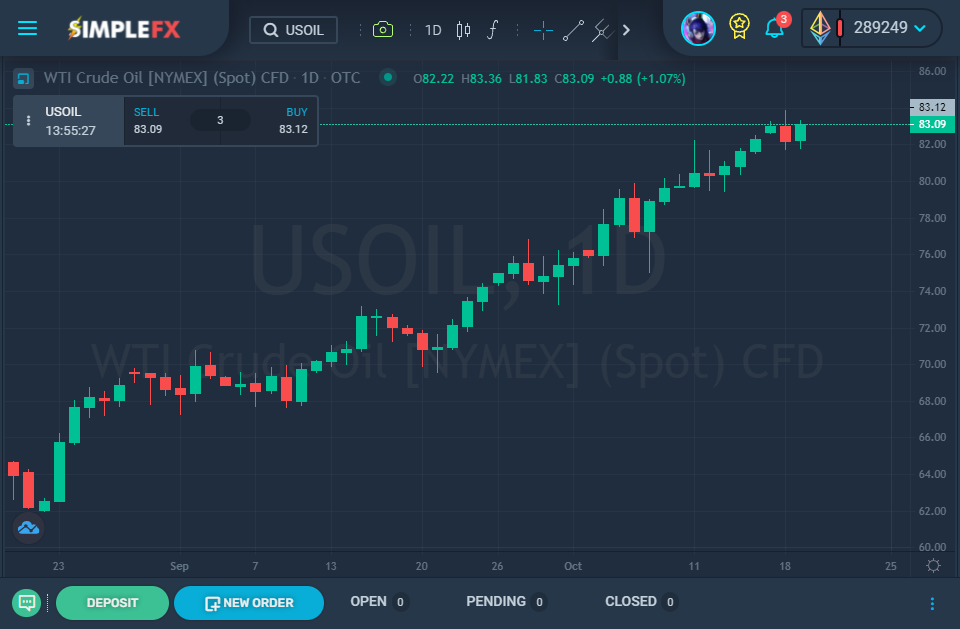The National Bureau of Statistics (NBS) showed that the Chinese economic growth slowed to 4.9% in the third quarter of this year. Hurt by power outages, severe outbreaks of COVID-19, supply bottlenecks, and the increasing pressure on policymakers on the rising concerns on the health of the property sector; the growth was considered the slowest since the third quarter of the year 2020.
The power shortage affected the average production; however, NBS spokesperson Fu Linghui added that the economic impact is manageable. Several factories had to cease production in late September as a shortage of electricity, and a surge in the price of coal led local authorities to cut off power drastically. As a whole, the industrial output only rose to 3.1% in September, which marks the slowest pace since March of last year, during the pandemic’s first wave.

Meanwhile, NBS’s data also revealed that fixed assets investments during the first three quarters of 2021 were weaker than expected. J.P Morgan Asset and Management global market strategist Chaoping Zhu emphasized that investment activities were decreased due to tight credit conditions.
Real estate and other related industries account for approximately a quarter of the country’s Gross Domestic Product (GDP). During the past eighteen months, Beijing made its efforts to reduce the reliance on debt by most developers. Fu added that there was a decrease in contribution from the real estate sector to China’s economy during the third quarter.
During a briefing in Beijing on Monday, Fu explained that the uncertainties in the current international environment continue to rise, and the domestic economy is still uneven and unstable. However, Fu believes that the economy is qualified and capable of achieving year-end goals. The spokesperson added that its economic progress still shows vitality and resilience, despite various factors affecting its growth.
China has the world’s second-largest economy. Its growth expanded to 7.9% during the second quarter and 18.3% in the first quarter, which benefited from comparing the pandemic-induced slump early last year.
China’s GDP was expected to rise to 5.2% during the quarter based on a Reuters poll. The weak numbers lead to most Asian stock markets being lower than broader investors’ concerns about global economic recovery.
When it comes to the country’s growth outlook in the coming years, Bruce Pang from the China Renaissance said that the country, which was once led in growth recovery, is losing its momentum heading into the fourth quarter. Pang emphasized several reasons, such as the pandemic and China’s efforts to reduce carbon emissions, which drags down economic growth. However, he believes that authorities will have better management on the intensity and pace of the regulatory campaign for the country to achieve significant social and economic development goals for 2021 and the succeeding 5-10 years.
Premier Li Keqiang expressed confidence in achieving full-year development goals and assured that the country has enough tools to cope with economic hurdles despite the slow-paced growth.